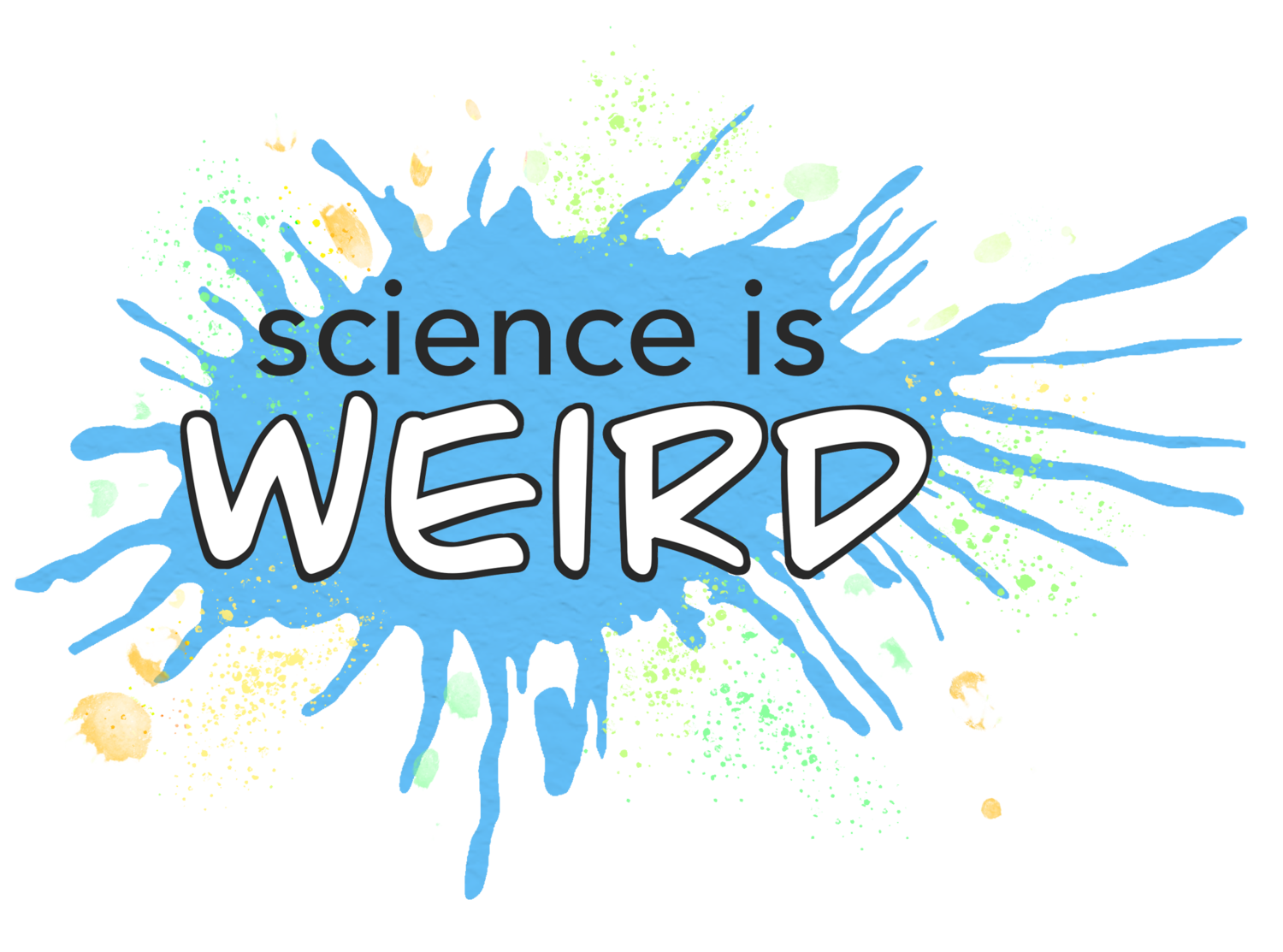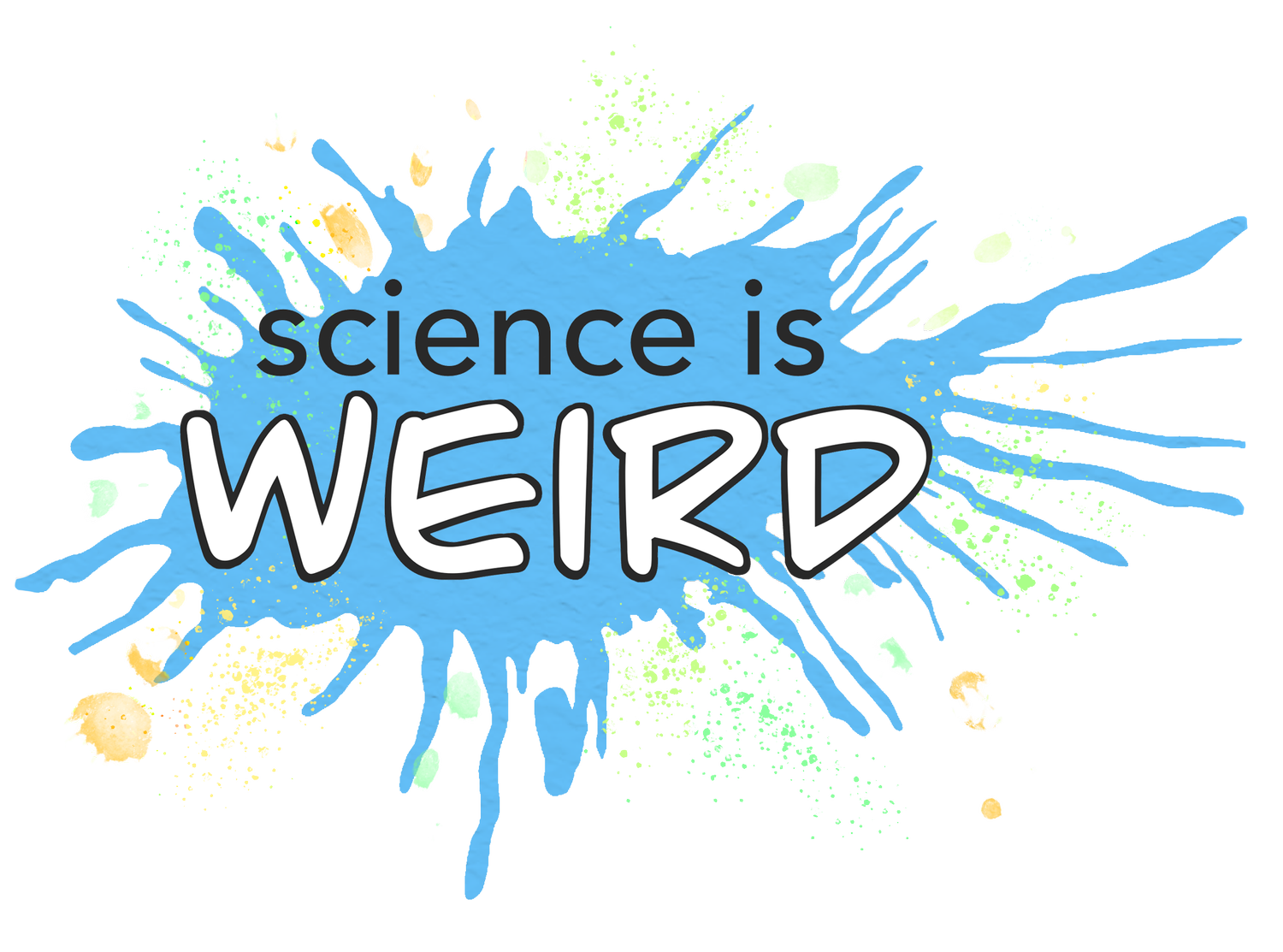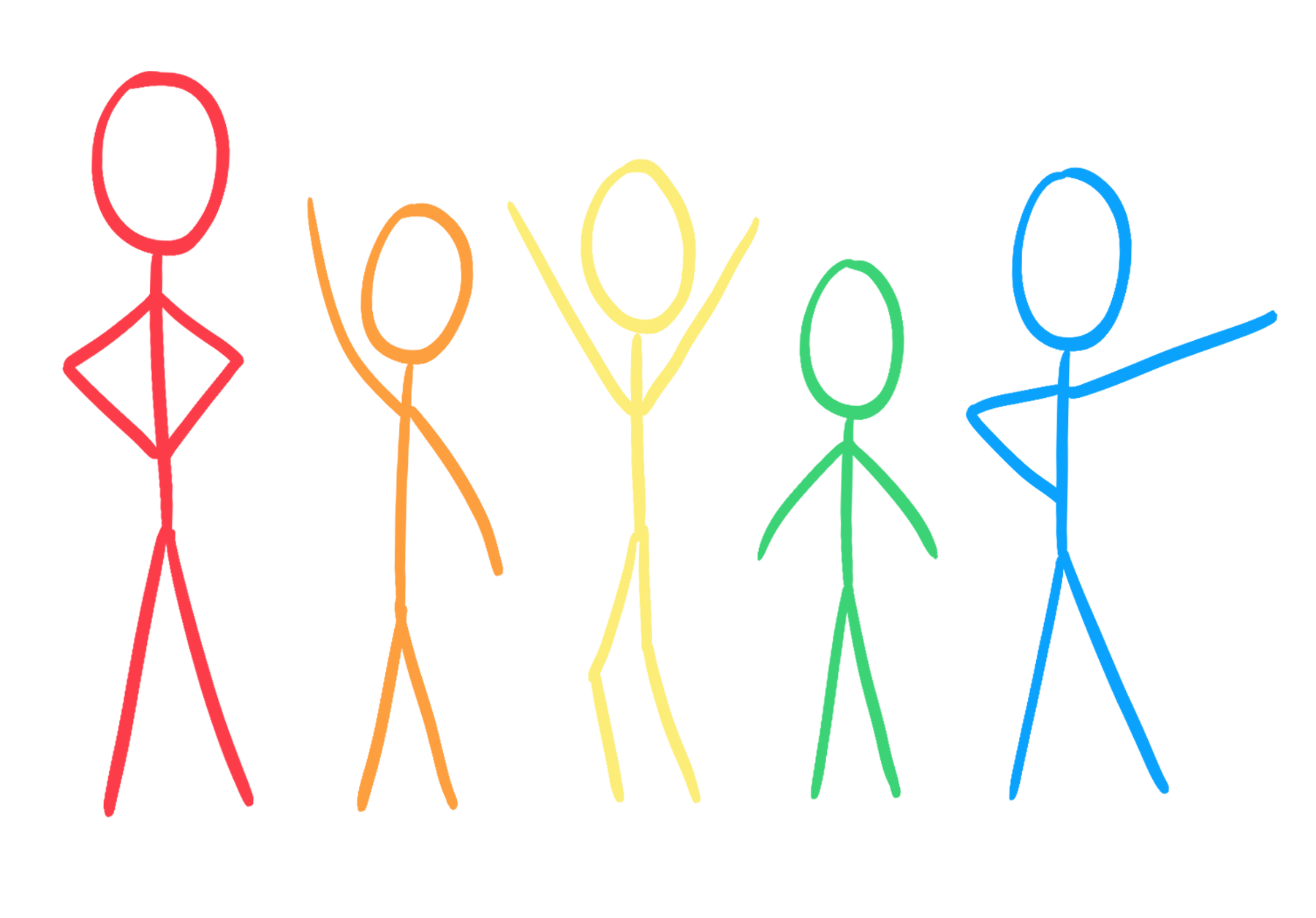High school FAQ
How high do we go?
Once upon a time, we started a science-teaching company.
It wasn’t designed to fit any official standards — it was laser-focused on providing the most conceptually rich, emotionally profound, and intellectually vivid science education possible.
We’re pretty happy with how we’ve done with that.
As we’ve expanded, parents who homeschool have (quite sensibly!) asked whether they can count our classes for high school credit.
The short answer: yes! (For the long answer, keep reading.)
Our academic levels
Q: Is this really high school level?
In every lesson, we work hard to help students (even quite young ones) achieve a college-level understanding of whatever we’re talking about.
(Specifically, we aim for a the comprehension a student would get in a 100-level undergraduate course. I mean, my goodness, we lay out electron orbits in the literal seventh lesson…)
So yes, you can count our classes for high-school-level credit.
Q: Do you do everything that a student would do in any traditional, in-person, high school science class?
An interesting fact about education (or at least American education): there’s no perfectly-defined high school physics, chemistry, or biology class. What’s taught varies a lot by teacher and school.
There are rough guidelines as to what should be taught — you can find these in the Next Generation Science Standards (the NGSS) — and while some say they follow them precisely, precious few schools actually do.
We, by the way, don’t try to follow them — but an inventory of our lessons shows that we touch on all of their Disciplinary Core Ideas each year.
Do we teach every single bullet point every single year? Good glory, no. That would be impossible, and too much, and awful, and also horrible. But over the six years, we’re working quite diligently toward teaching all of them. (Feel free to ask us if you have any questions about any specific standards.)
Q: Okay, but is there anything you don’t do as much as a traditional high school class?
There are a few things!
High school science often leans heavily on some math-y practices like calculating vectors and balancing equations. We don’t focus on these — but we provide bonus resources (see “add-on tutorials” below) if you’d like your student to know how to do them.
Q: Do you do labs?
After each lesson you’ll get a “Deep Dive” PDF, and each Deep Dive has a lab.
Each lab is carefully designed to provide a hands-on, brains-on bodily experience of topic we’ve just learned about — to not just think, but see reality for yourself.
In “The Universe”, you’ll view the Milky Way in 3D
In “Water”, you’ll see what makes water wet
In “Lungs” you’ll feel the carbon cycle
And so on.
But these aren’t traditional “labs” — they don’t require a lab coat or a Bunsen burner or an animal to dissect. If that’s a major concern for you, you’ll want to supplement that.
Q: But you’re a six-year program. How can our family finish this in four years?
You can go through it as quickly as you’d like to! (We’re stretching this over six years because it’s exhausting to create these lessons.)
Q: Do we need to take the topics in order?
We’ve designed them to be taken in order… but since then, have found that quite a few people have had success taking them out of order. So feel free to try!
Transcripts
Q: How would this look on a high school transcript?
There are a few options, actually.
Each year we teach each level of science:
The fancy term for this is an “integrated curriculum”. So if your kid starts with us in ninth grade, on their transcript you can write down:
Grade 9: Integrated science 1
Grade 10: Integrated science 2
Grade 11: Integrated science 3
Grade 12: Integrated science 4
Q: Is “integrated science” really a thing?
It’s being recognized as the best thing! Here’s a quote from the 2016 California Science Framework:
Integrated science models have a strong track record of success in other countries and provinces. Analyzing the science standards of ten countries that produce significant scientific innovations and have high scores on international benchmark tests, Achieve (2010) found that all ten used an integrated science model through the middle grades, and seven of the ten countries kept science integrated all the way through grade ten. Summarizing qualitative trends from their analysis, Achieve (2010) concluded that, “Standards based around ‘unifying ideas’ for Primary through Lower Secondary seem to confer more benefits than a discipline-based structure.”
(Not to brag, but unveiling “unifying ideas” is, like, the whole reason we exist.)
But you may want to check with any colleges that your kid is applying to — if they just want to see the names of the disciplines, you can write down:
Grade 9:
¼ credit physics
¼ credit chemistry
¼ credit biology
¼ credit Earth science
Grade 10:
¼ credit physics
¼ credit chemistry
¼ credit biology
¼ credit Earth science
And so on.
Q: Seems… complicated. Is there a simpler option?
If you’ve taken our course for four or more years, you’re definitely justified in putting down:
Grade 9: Physics
Grade 10: Chemistry
Grade 11: Biology
Grade 12: Earth science
Q: Why “Earth science”, rather than “anatomy”, or “zoology”?
Those are all honest choices. To some extent, we’re a round peg being crammed into a square hole.
Which is good — because square holes suck! For a century, scientists and educators have complained that chopping science into disciplines hides the big picture. We’re proud to create a curriculum that gets beyond that.
Ultimately, you’re the homeschool teacher: you get to decide. If you need any advice from us on how to do that honestly, just ask.
Q: Hold up, I don’t homeschool — can I still use this?
Of course! Some of our happiest families send their kids to their local public school, and use us an enrichment. (We’ve heard of teachers who are very impressed by them.)
Q: I run a school school — can I use your lessons?
We’re pleased to provide the science curriculum for a few schools, and can give you a bulk discount for kids (and maybe some extra jazz on the side). Ping us, and let’s talk!
Add-ons
Q: I’m nervous that this isn’t enough. What more can you give?
So much!
You can require your high schooler to do all the Deep Dives.
Q: And if I need more?
You can also require them to do all the “memory cards” — an ever-expanding deck of spaced repetition flashcards containing the most central ideas (and wildest facts) that we learn in class. (This way, everything they learn will connect with everything else they learn, and will be retained for the rest of their lives.)
Q: I apologize, but… more, please?
You can also require them to do all the Orienting Tools — our cosmic timelines, size lines, and maps.
Q: Alas, I’m still still nervous. I know, this probably isn’t healthy. But… got more?
If they do all of the above… well, it’ll take up a good chunk of their week, and we’d be shocked if you can find another curriculum in which they’d learn more. (If you do, could you please tell us? We’re interested in this, professionally.)
But.
For many of our 30 lessons in Year 1, we’ll be pointing you toward a free, high-school-level online tutorial. (Usually these will be from Khan Academy or ck12.org.)
They’re not the most exciting things in the world, but we're choosing them to give your student practice working traditional high school problems related to the topics we cover in class.
(If we get feedback that they’re useful, we’ll continue them through Years 2–6.)
Want to see an example? Here’s what you can use with our Year 1 topics:
Final questions
Q: Do you give the credit yourself?
Nope. We’re not an accredited institution; as the homeschooling parent, you give the credit.
Q: Do you give grades?
Ick, no. We’re not anti-grades philosophically… but when we were Real Classroom Teachers, we hated this part of teaching. We’re delighted to not give grades anymore.
Q: Over the next six years, my child may get older. Will they age out of class?
Absolutely not (barring time travel).
Our live webinars are currently open to students up to age 18; the recordings are available to any student of any age.
We do restrict ages a bit more in our (cameras-on) seminars… but we’ll keep increasing the top ages, as we go on.
If your kid is in one of our live classes now, we promise that they’ll never age out.
Q: I still have a question that’s not answered here.
Ask away! We’ll try to get back to you in a couple days.


